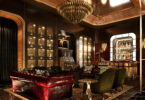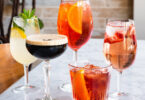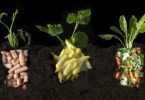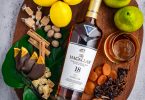Coffee Connoisseur- What You should know about Coffee!

An enticing aroma, a welcoming environment and an original, authentic experience is what COFFEE is all about!
Most Cafes aim to deliver a purer coffeehouse experience than generic chains like Starbucks’s can’t,..by eliminating distracting jargon and marketing gimmicks and bring the focus back to what’s important – the coffee itself.
Coffee Styles
Preparation







